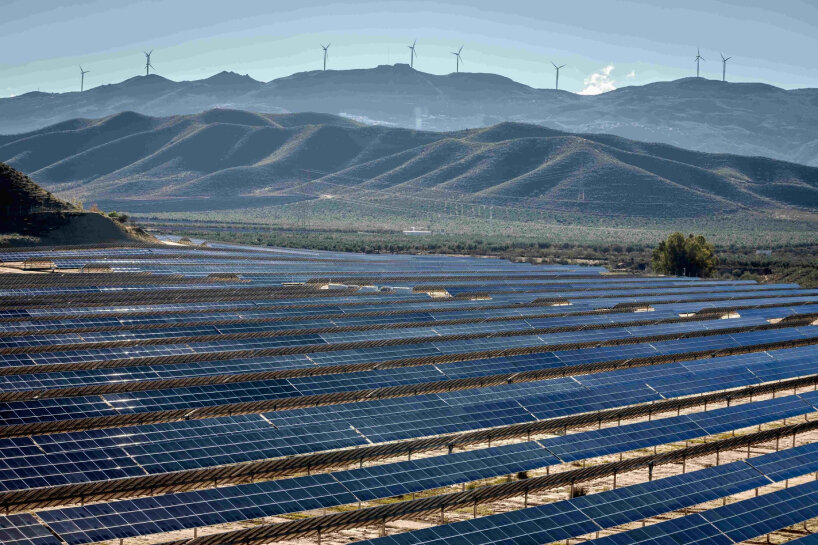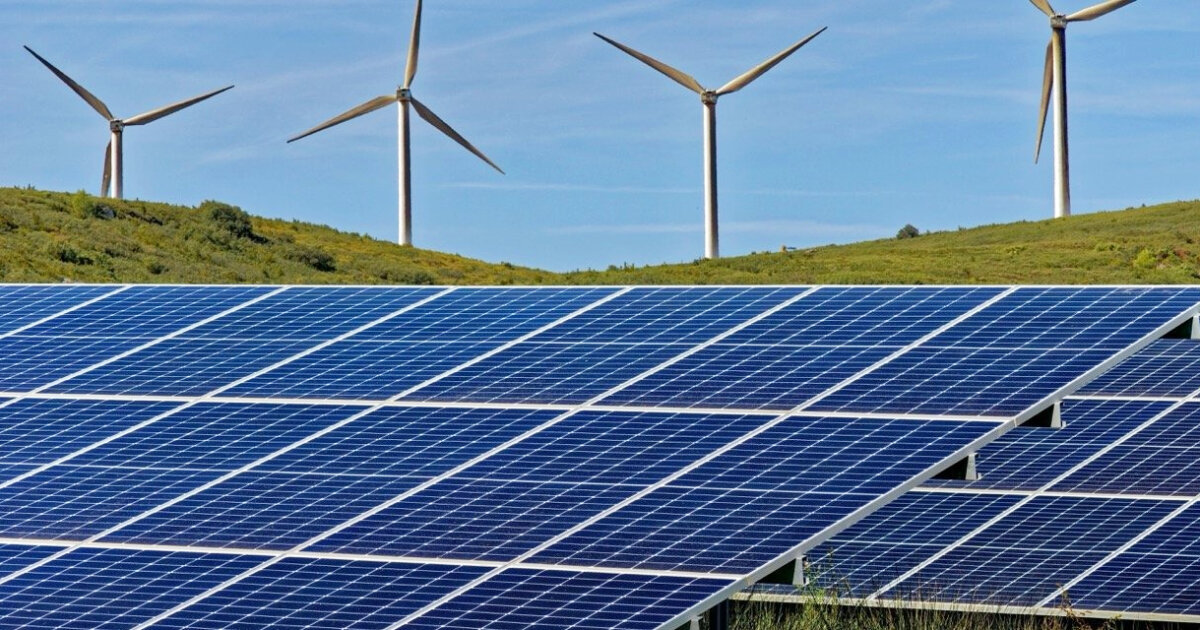Main source of electricity comes from renewable energy
Renewable energy, including solar and wind power, overtakes coal as the main source of electricity around the world as fossil fuels fall slightly behind. In the first half of 2025, solar and wind energy met and exceeded new electricity demand, making these renewable energies produce more power and be used more than coal for the first time. In the insights by the think tank Ember Energy, the report states that solar and wind energy grew faster than demand and both produced more power than the total increase in electricity use.
Solar energy alone covered 83 percent of the increase, making it the main source of electricity, while wind energy also grew, but at a slower rate, to 9.2 percent of total renewable energy production. Other low-carbon sources show mixed results, with nuclear power growing by about 0.2 percent and other renewable sources rising slightly. The hydropower, however, fell by about 0.3 percent, and bioenergy dropped by 0.02 percent. The overall fossil fuel power generation declines by 0.18 percent, with the coal use falling by 0.21 percent and gas by 0.04 percent. In this case, power from fossil fuels went down overall, with both coal and gas being used less than before.

all images courtesy of Ember Energy, unless stated otherwise
solar and wind power grow faster than electricity demand
For the global carbon dioxide emissions, the insights by the think tank Ember Energy state that the electricity generation fell slightly by 12 million tonnes to 6,963 million tonnes in early 2025, possibly because solar and wind power grew faster than electricity demand. Without the increase in solar and wind, emissions would have risen by 236 million tonnes, almost equal to all emissions from Africa during the same period. Among the top four emitters, China and India both reduced emissions as clean energy covered demand growth. Emissions rose in the EU and the US, where renewable energy did not expand fast enough, and fossil generation had to increase to meet demand.
The world used more electricity in the first half of 2025, but the increase was smaller than it was the year before. Most of the additional electricity use came mainly from China, the United States, India, and the EU, and they’re responsible for nearly all the growth in electricity use around the world. In China and India, coal use and other emissions decreased as the use of wind and solar power grew. In the EU, gas and coal rose slightly to compensate for reduced hydro and wind generation. Then in the US, coal generation increased while gas fell because of the switching between fuels and limited renewable growth.

renewable energy, including solar and wind power, overtakes coal as the main source of electricity
Use of solar power increases in first half of 2025
Solar power rose by 31 percent during the first six months of 2025, dubbed the fastest growth on record. China led global solar expansion, contributing 55 percent of the total increase, and the US follows with 14 percent, the EU with 12 percent, and India with 6 percent. Solar power declined slightly in Japan and Vietnam because of grid curtailment and local conditions. Many countries set new records for solar power share: Hungary generated almost 30 percent of its electricity from solar. Greece and the Netherlands each passed 25 percent. Pakistan rose to 21.9 percent in 2025 due to widespread rooftop installations by homes and businesses. In total, 29 countries produced more than 10 percent of their electricity from solar in early 2025, up from 22 countries the year before.
Wind power grew more slowly than solar, with an increase of 7.7 percent compared to 9.1 percent in the same period of 2024. Weather influences wind results, so Europe experienced less favorable wind from January to April. The United States also saw declines in several months, but the total wind output still rose overall. It is the hydropower that fell by two percent and now represents 13.9 percent of global electricity, down from 14.6 percent in 2024 and 16.3 percent in 2020. Dry weather reduced hydro output in several countries, including the EU, China, Russia, Türkiye, and Brazil, but some countries increased hydro output, including Canada, India, Vietnam, Colombia, the US, and Norway, all of them getting help from more rain or better water storage.

in the first half of 2025, solar and wind energy met and exceeded new electricity demand

major countries like China have used more renewable energy than coal in the first half of 2025

these renewable energies are used more than coal for the first time | image by Pixabay, via Pexels; read more here
project info:
name: Global Electricity Mid-Year Insights 2025
think tank: Ember Energy | @emberenergyresearch
report: here

